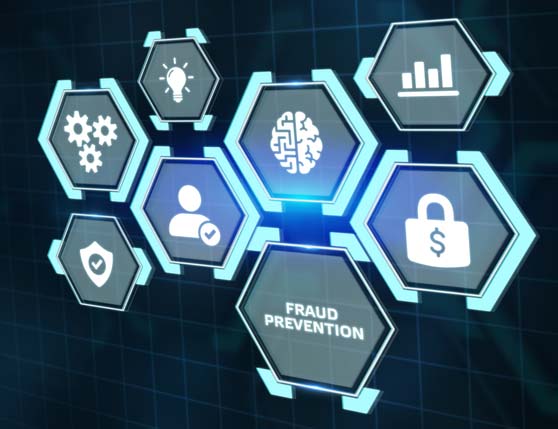Experian: Manual vs. AI Check Fraud Review Must Reach a “Middle Ground”
- Manual fraud reviews have some short-term advantages
- The ultimate time and expense incurred for manual review makes it impractical
- AI is the recommended approach
Chris Ryan, a Senior Fraud Solutions Business Consultant at the credit reporting firm Experian, recently posted his thoughts on the pros and cons of manual fraud reviews in the age of real-time decisions and AI.
I’ve been involved in several lively discussions on this topic. On one side of the argument sit the analytical experts who are incredibly good at distilling mountains of detailed information into the most accurate fraud risk prediction possible. Their work is intended to relieve users from the burden of scrutinizing all of that data. On the other side of the argument sits the human side of the debate. Their position is that only a human being is able to balance the complexity of judging risk with the sensitivity of handling a potential customer.

This applies directly to how banks are currently handling fraud, particularly when it comes to checks. There are internal debates within banks on technology vs. manual review for decision making on fraudulent checks. But, as Mr. Ryan points out, a strong balance is required if combining both.
The "Personal Touch" is Appreciated, But Digital Has Its Advantages
Though willing to weigh in on possible "plusses" in the manual review column such as the knowledge and experience that humans bring to the table, Mr. Ryan ultimately makes a strong case for digital review -- especially in terms of costs incurred:
This goes beyond the dollars paid to people who handle the review to the good customers that are lost because of delays and friction that occurs as part of the review process. In a past webinar, we asked approximately 150 practitioners how often an application flagged for identity discrepancies resulted in that application being abandoned. Half of the audience indicated that more than 50% of those customers were lost. Another 30% didn’t know what the impact was. Those potentially good customers were lost because the manual review process took too long.

He also addresses the problem of inconsistency that is unavoidable in reviews done by individuals -- who are, unavoidably -- "individuals":
Additionally, the results are subjective. Two reviewers with different levels of skill and expertise could look at the same information and choose a different course of action or make a different decision. A single reviewer can be inconsistent, too—especially if they’re expected to meet productivity measures.
Finally, manual fraud review doesn’t support policy development. In another webinar earlier this year, a fraud prevention practitioner mentioned that her organization’s past reliance on manual review left them unable to review fraud cases and figure out how the criminals were able to succeed. Her organization simply couldn’t recreate the reviewer’s thought process and find the mistake that lead to a fraud loss.
In an Evolving Fraud Landscape, AI Must Be Included
As recently noted by James Ruotolo, a senior manager in the fraud and financial crimes practice at Grant Thornton, "fraud is not a static problem: fraud is constantly evolving, and organizations must adapt with it in order to remain vigilant." This is where "a middle ground where manual review and skill can be a force-multiplier for strong analytics."
FI's need to take advantage of technology to enhance their fraud detection capabilities. Banks should develop a hybrid strategy that leverages both technology and the knowledge and experience of humans. To accomplish this, banks need to invest and deploy the latest image-forensic AI, along with transactional-based analytics systems.
In doing so:

- Items are processed through the transactional-based systems to spot anomalous behavior
- Check images are interrogated by the image-forensic AI to identify counterfeits, forgeries, or alterations
- Flagged items are sent for manual review by the fraud analysts
This is the most effective process in fighting check fraud -- effectively combining technology with the expertise of humans.